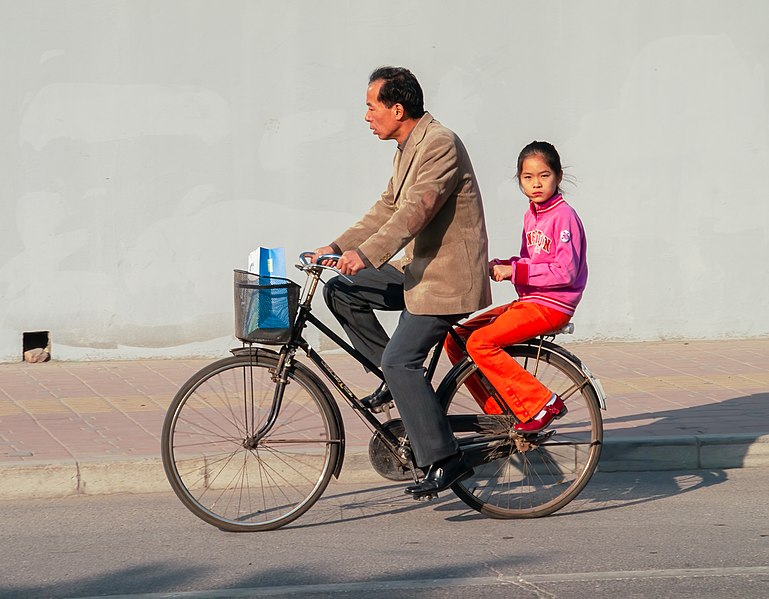China's largest asset is on decline

Byclists in Beijing
The decades-old one-child policy was retracted. Now China's population has fallen for the first time since the 1960s. While the country has faced an aging population for years, the loss in numbers poses new national and international challenges to the great power.
China’s large population, at 1.41 billion, has acted as a continual source of material power and a direct aid to China’s rise. Material power quantifies power based on different aspects. In this case, China’s population, currently the highest of any country, is a clear material power advantage in terms of economic output. The large population is both a workforce and a huge number of consumers. However, a declining population means the material power associated with it is also threatened. China’s economic growth has slowed dramatically in recent years, its GDP only growing 3% last year. China experienced rapid economic growth from the late 1970s, with its GDP growth rate averaging at around 9% until 2018. This economic growth transformed China, lifting much of its population out of poverty and establishing it as a leading world power. The government attempted to delay the population decline by ending the one-child policy and later providing high incentives for having children. However, they were unsuccessful. Now, China faces a grim picture of the future, as the question of the full effects of low birth rate on an aging and now declining population comes into play.
The residual effects of China’s shrinking population are not limited solely within their boundaries, but will extend globally. The impacts on the national economy will scale up through the region and the world. Countries like the U.S., which rely on China for many exports, may also feel the effects of the declining population due to stunted output caused by labor shortages.
Image Source: Reinhold Möller, CC BY-SA 4.0 <https://creativecommons.org/licenses/by-sa/4.0>, via Wikimedia Commons

